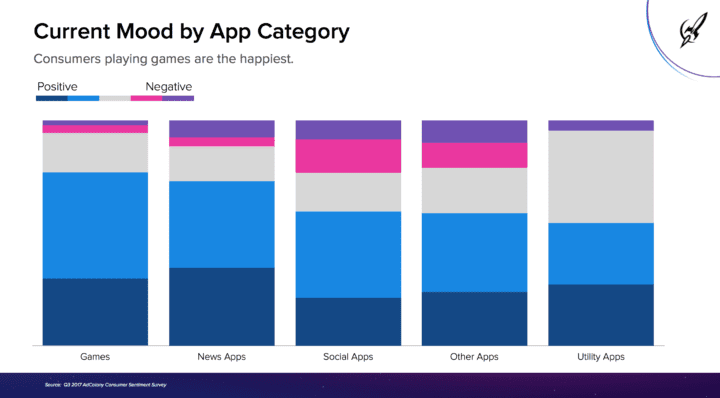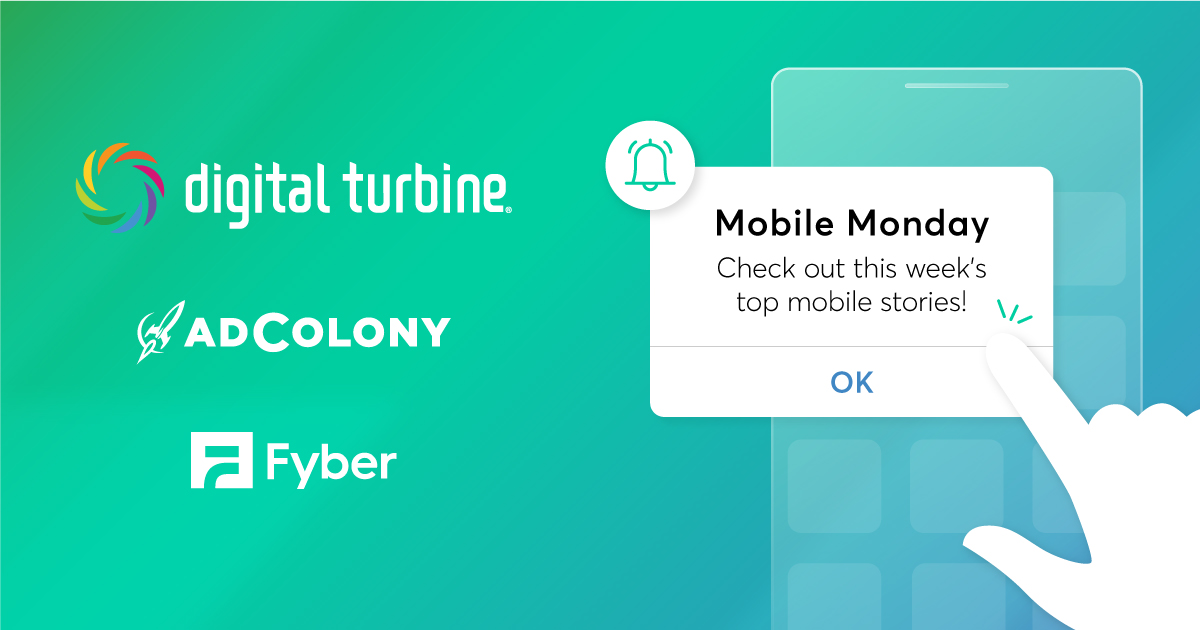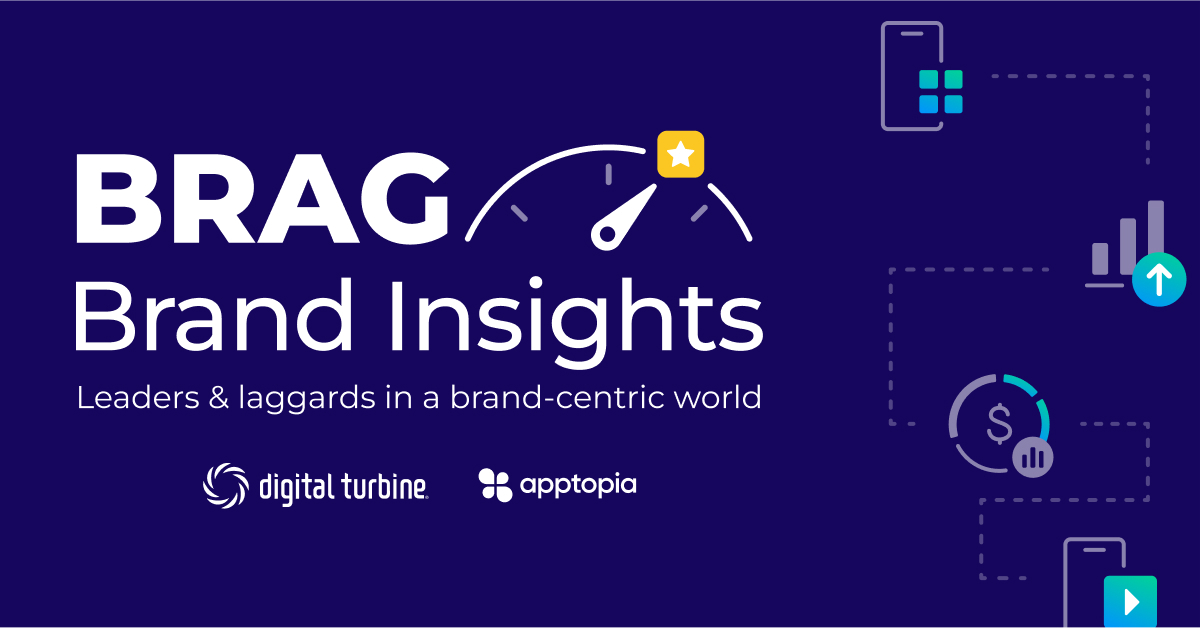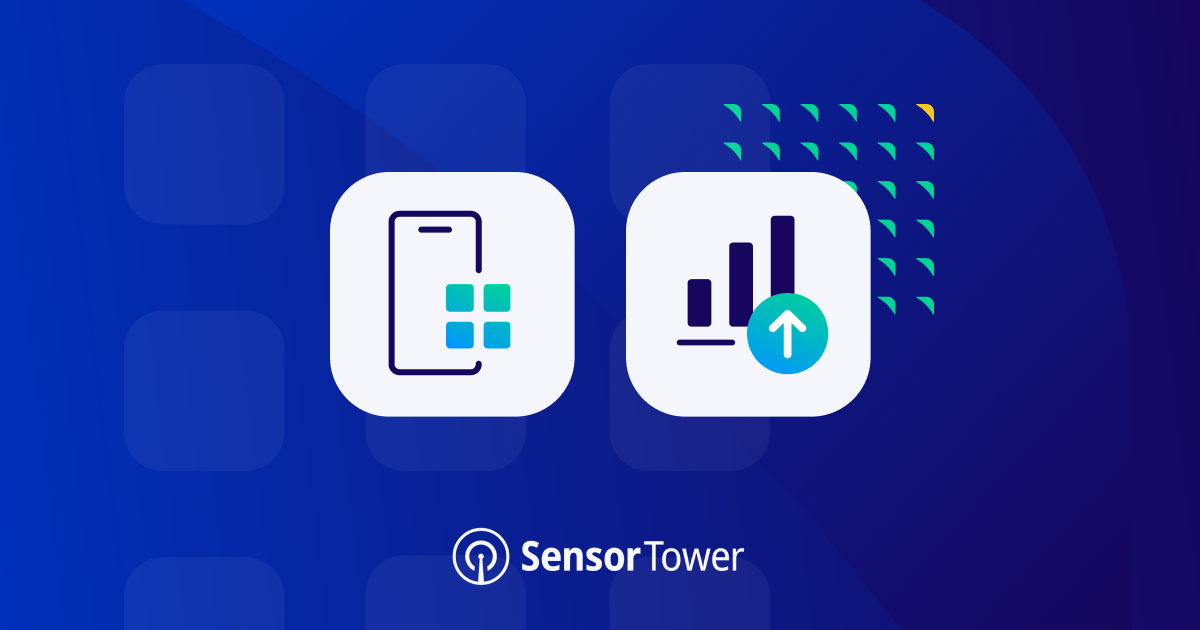Printed things, the adage goes, is more believable than word of mouth. In the era of the Internet, that “printing” has moved from ink and paper to zeroes and ones. With the screens in our pocket taking up more and more of our attention, and social a huge part of that, it’s no wonder that news feeds have come under scrutiny from lawmakers. The reactions to this scrutiny are going to throw a wrench in the social and mobile plans of brands and businesses. Fortunately, there’s an alternative to likes and mentions — other mobile apps.
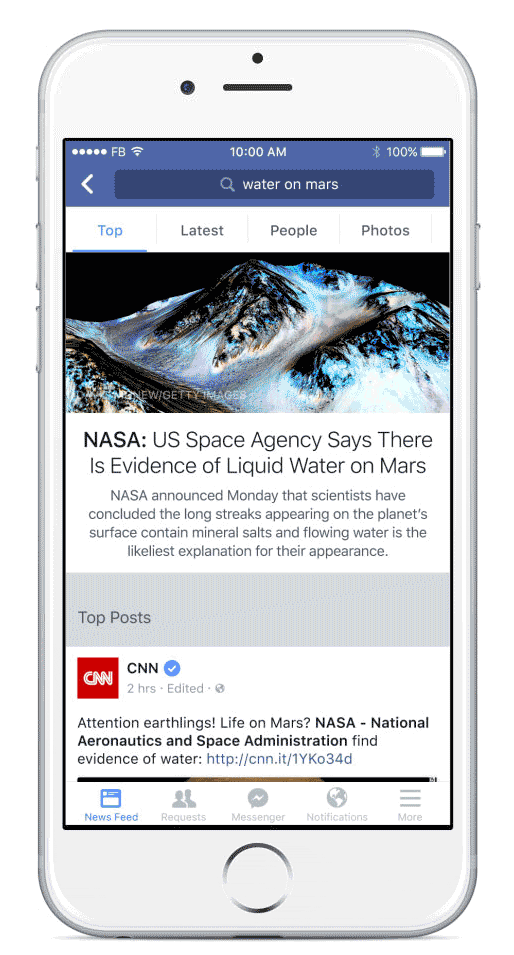 Last week, Facebook made yet another move to address concerns from Washington that it carries undue influence when it comes to the news its users consume. Facebook said it would prioritize what users’ friends and family share and comment on while de-emphasizing content from publishers and brands. That’s bad news for brands and businesses.
Last week, Facebook made yet another move to address concerns from Washington that it carries undue influence when it comes to the news its users consume. Facebook said it would prioritize what users’ friends and family share and comment on while de-emphasizing content from publishers and brands. That’s bad news for brands and businesses.
It’s especially concerning for businesses who utilize Facebook for advertising and customer engagement, especially on mobile, where time spent in social apps continues to grow, but is decreasing on desktop.
A Place for Friends
Large brands and small businesses alike have been utilizing Facebook’s “friend of a friend” paid and organic reach tools, as well as its targeting tools to appear in the News, Feeds of consumers they want to reach. Users who like a lot of brands, or have friends who do, might see up to 50 percent of their News Feed as a news article or business page.
In the face of criticism of that mix following the run-up to the 2016 U.S. election, Facebook wants to change that, by placing more priority on the posts friends make and actively engage with, rather than just view. This means a lot less “Jane Doe likes The Washington Post” with a video of something Jane never interacted with, and more “Jane Doe and John Smith are now in a relationship.”
While Zuckerberg’s initial announcements focused on news posts, Facebook considers news pages companies and brands in much the way as they do brands like Coca-Cola. Everyone competes for the same eyeballs. For Facebook to address its problem with “fake news,” businesses and brands are going to have to take a hit.
While this change won’t impact ads in the sidebar on the desktop version of Facebook, that sidebar doesn’t exist on mobile, and the News Feed reigns supreme. If a brand or business is boosting News Feed posts on Facebook, the ROI on those boosts is about to get much lower.
Fortunately, Facebook isn’t the only app consumers spend time with on mobile phones.
Moving Where the Eyeballs Actually Are
So what can brands that want to reach consumers do? As the ROI on Facebook decreases for brands and businesses, the logical course of action is to move those dollars to where those eyes are.
Those eyes are in other native apps. Is Facebook an app? You bet, but all social networking apps only make up about 20% of the time users are spending in apps. Shortly behind is music, multimedia, and games.
The great thing for brands about advertising in other mobile apps instead of Facebook is going from a single touch point in the News Feed, to as many touch points as apps consumers actively engage with. For some demographics, that’s an exponential increase in opportunities to reach consumers.
Making Mobile Work for Brands
Advertising a brand or product on mobile expands the options for targeting from the options in Facebook’s News Feed as well, moving beyond simple “friends of friends” or interests users have actively liked on Facebook, to real points of data, including other apps installed, granular location data, time spent, connection type, and more.
There’s also a wealth of best practices out there for brands to take advantage of.
Looking to reach consumers when they’re happiest? Advertising in mobile games will get eyeballs on a company’s ad when consumers have the most smiles on their faces. Conversely, social media was at the bottom of the list — 3.2 times more likely to be in a negative mood than the average.
Want consumers to think more positively about your ad experience? Rewarded video has the highest positive feedback of any mobile ad format, combined with the lowest negative response.
Combine insights like the above and partners who are as invested in brand success as the advertisers with great advances in mobile creative and the explosion of great creative in the medium, and mobile in-app advertising is clearly the next logical step now that Facebook has voluntarily reduced News Feed brand reach.
Join the Conversation
How do you feel about Facebook’s changes to its News Feed? As a user? As an advertiser? Tweet us at @AdColony. For the latest AdColony mobile news and updates, follow @AdColony on Twitter, like us on Facebook, or connect on Linkedin.
- Effectively Scaling Apps – The Myth of the Whale Busted - May 17, 2022
- How to Maximize and Optimize Engagement in Your App - May 5, 2022
- Offer Walls for App Monetization: Everything You Ever Wanted to Know - April 14, 2022


